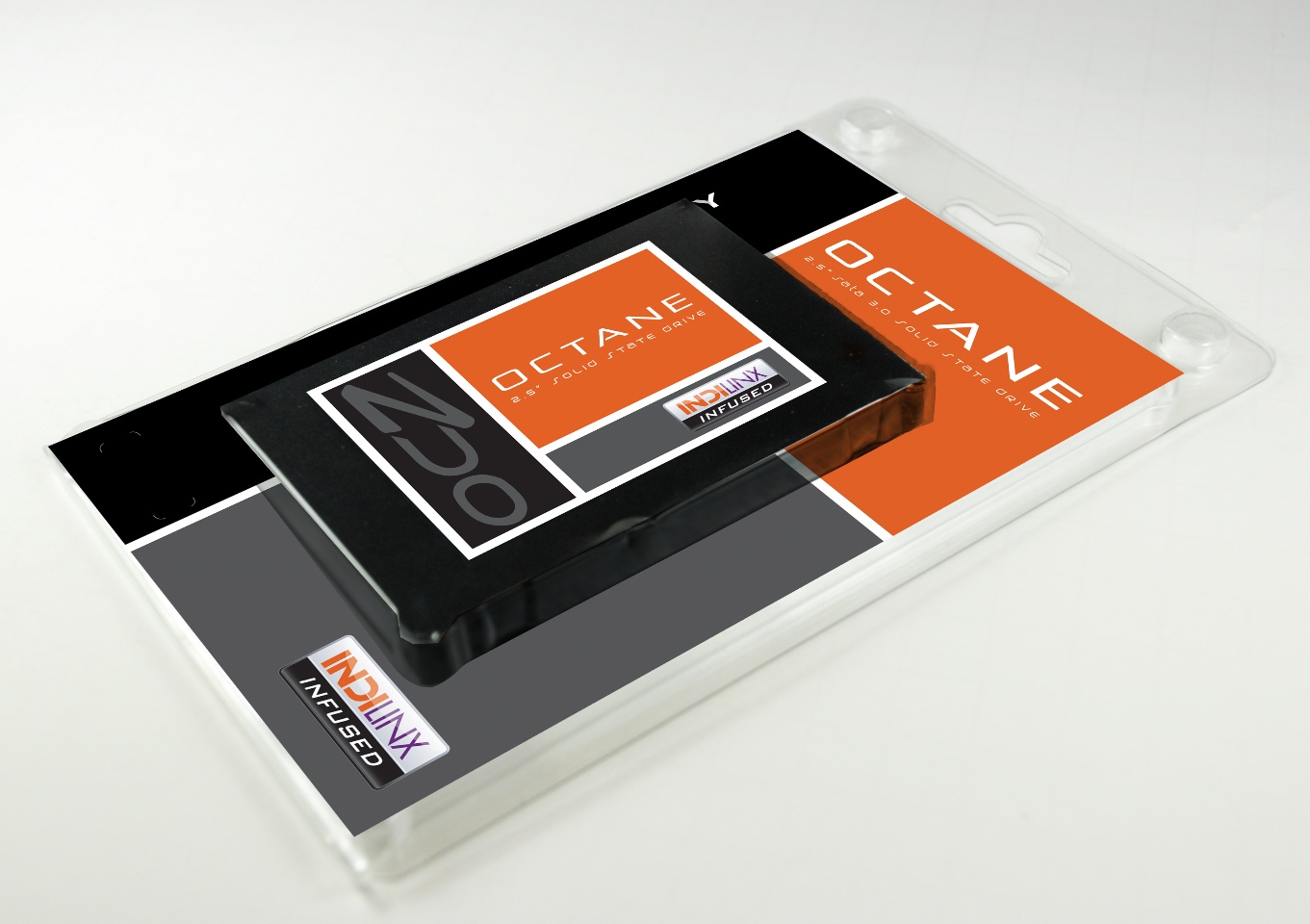OCZ Octane SSD Pricing Released: From $200 to $880
Over the past weekend, OCZ Technology released more details on its new OCZ Octane SSDs based on the Indilinx Everest controller.
As discussed previously in our New OCZ SSD Line Offers 1 TB, "Instant On" Support post, OCZ is set to release its Indilinx Everest based SSD known as Octane. This marks OCZ's first SSD based on its own controller since the purchase of Indilinx. The Octane will be available in capacities of 128 GB, 256 GB, 512 GB and 1 TB. OCZ is set to price the 128 GB at $199.99, 256 GB at $369.99 and the 512 GB at $879.99. There is still no word on the pricing for the 1 TB Octane version. The 128 GB and 256 GB pricing is very competitive to current SandForce and Marvell based SSDs.
The Octane series will sport up to 512 MB of DRAM cache, a dual-core controller (CPU), dynamic and static wear-leveling, background garbage collection, TRIM support, SMART reporting and a SATA 6.0 Gb/s interface. The Indilinx controller introduces latency reduction technology, which allows read access times as low as 0.06ms and write access times down to 0.09ms, enabling "fast boot" in consumer applications.
OCZ lists performance for the Octane at:
- 1 TB: Max Read: up to 560MB/s, Max Write: up to 400MB/s, Random Write 4KB: 19,500 IOPS, and Random Read 4KB: 45,000 IOPS
- 512 GB: Max Read: up to 535MB/s, Max Write: up to 400MB/s, Random Write 4KB: 16,000 IOPS, and Random Read 4KB: 37,000 IOPS
- 256 GB: Max Read: up to 535MB/s, Max Write: up to 270MB/s, Random Write 4KB: 12,000 IOPS, and Random Read 4KB: 37,000 IOPS
- 128 GB: Max Read: up to 535MB/s, Max Write: up to 170MB/s, Random Write 4KB: 7,700 IOPS, and Random Read 4KB: 37,000 IOPS
Read more on the OCZ Octane at its product page.
Get Tom's Hardware's best news and in-depth reviews, straight to your inbox.
-
mariusmotea My OCZ Vertez 2 is 70% slower than the OCZ specifications, i doubt that those values are real.Reply -
hoof_hearted Nice bait in the headline until I read the part about the 1TB price not being released.Reply -
Au_equus mariusmoteaMy OCZ Vertez 2 is 70% slower than the OCZ specifications, i doubt that those values are real.it's called progress. get used to it.Reply -
drwho1 SSD prices still have a long way to go DOWN until they can actually attempt to compete with hard drives.Reply
Until manufactures realize the huge market that they could earn by simply lowering their ridiculous prices, then and only then there will be at least one SSD on every computer in the world.
That should be their goal. -
LuckyDucky7 This is still too expensive. I mean- a Corsair Force 3, or better yet, a Kingston HyperX, can be had for around the same price point.Reply
So who's going to buy a slower SSD for that cash? -
theuniquegamer After reading the headline and 1st 2 lines i thought the 1tb version is going to available at $800. So sad..... 1tb is out of that price range.Reply -
physical SSD Manufacturers aren't pricing their products so high because they want to squeeze every dime they possibly can from the consumer. They are priced like this because the tech is expensive.Reply
Flash Memory chips are expensive. For the chips alone, it still costs over a dollar per gig. Add to that the price of the controller, and assembly, packaging, and marketing and you'll see that the markup on these products is well within accepted norms.
Like most chip production, it gets cheaper by volume. Improved manufacturing tech improves yields, and reduces raw material costs. We are still waiting for this tech to be mature enough to offer low cost, high volume production.
(edit... quick edit mangled my quote)
